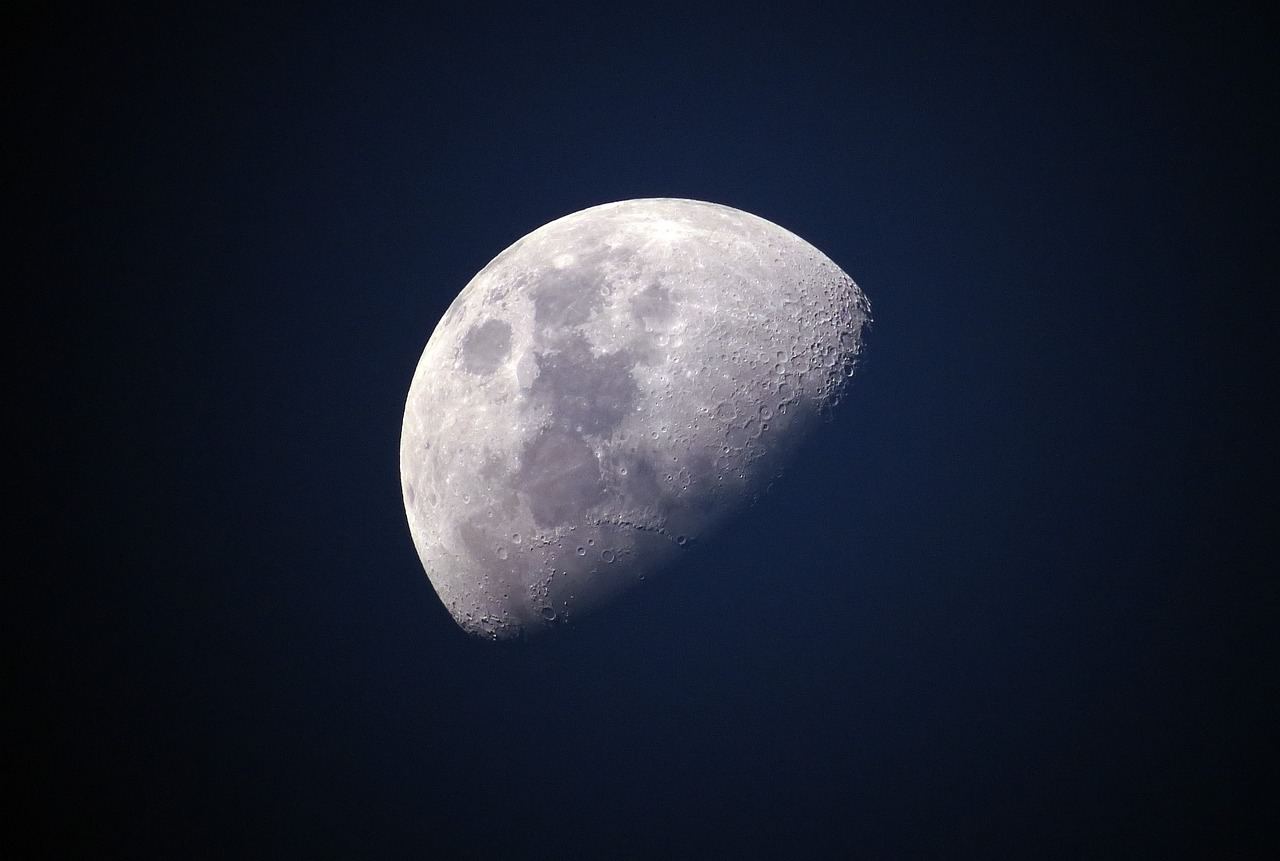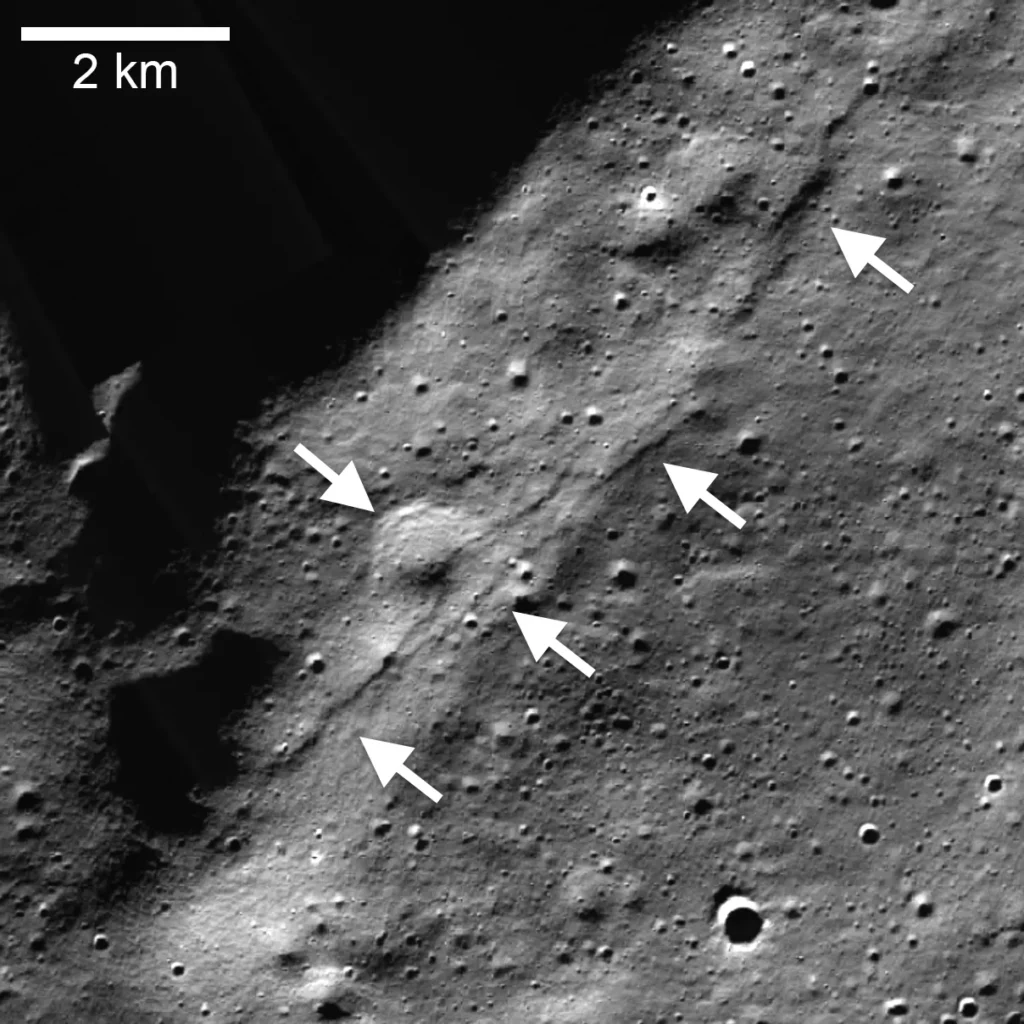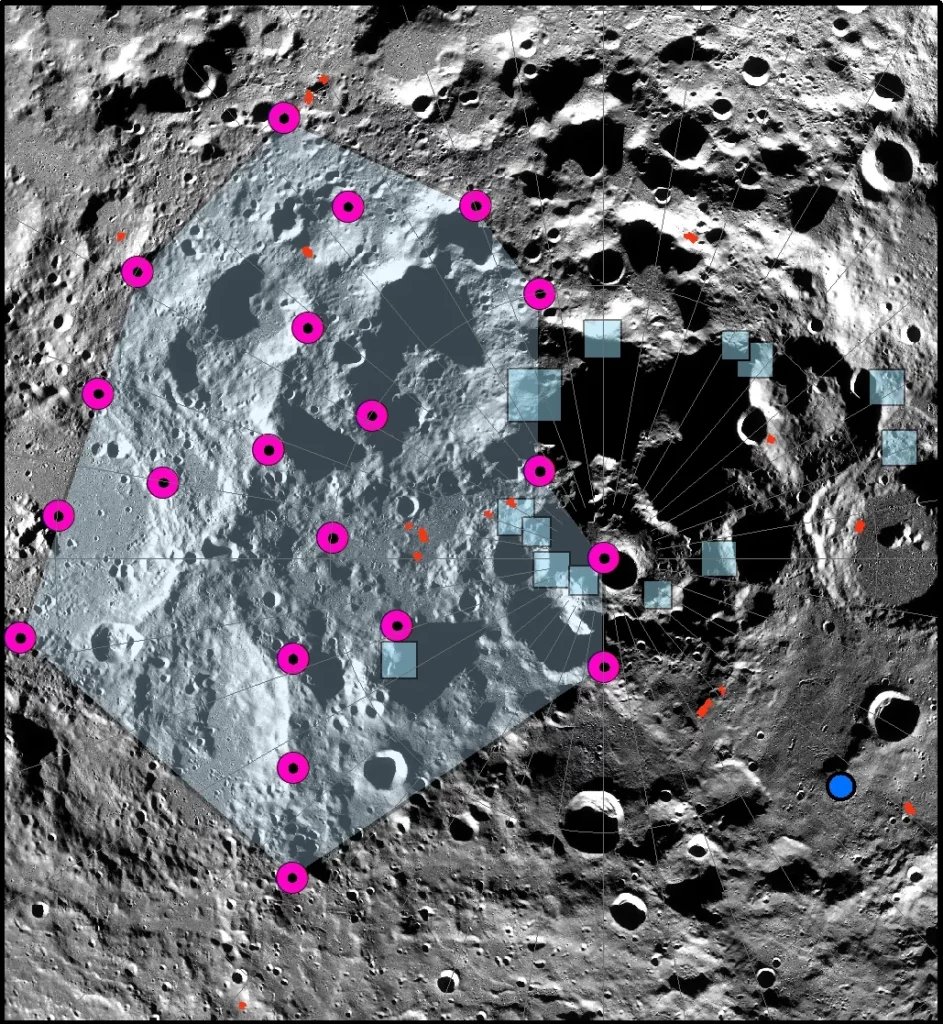
It’s easy to look at the moon and conclude it’s a lifeless, unchanging sphere. In reality, Earth’s constant companion in the sky is quite dynamic. Since the Apollo missions more than 50 years ago, scientists have known the moon is seismically active. Although it lacks tectonic plates, the moon’s crust is under constant pressure due to its cooling interior and Earth’s gravitational influence, forming faults. These forces also explain why the moon is constantly shrinking in size, having lost around 50 meters in circumference over the last few hundreds of millions of years.
A new study has delved deeper into this phenomenon and found that lunar tremors, known as “moonquakes”, are more significant than previously believed. Particularly concerning are the quakes near the lunar south pole, a prime target for NASA’s Artemis III mission slated for 2027. This region is believed to be rich in water ice trapped inside ancient craters. However, these findings also suggest the same region presents a seismic hazard to human colonists.
Why moonquakes spell trouble for humans
The cause of these quakes can be traced back to the Moon’s gradual decrease in size, a phenomenon akin to a grape shriveling into a raisin. Because the moon’s core is much smaller than Earth’s, it cools quicker over a geological timeline. As the iron-rich core loses heat, it starts to contract. Since the moon’s crust is like a hard outer shell around this shrinking core, it naturally starts to crack. That’s when moonquakes are produced — and they can be quite strong.
For instance, the new study found that a large thrust fault near the lunar South Pole might have been responsible for a magnitude 5 moonquake over the last few million years.
On Earth, a magnitude 5 earthquake can rattle dishes, break windows, and rock cars. On the moon, the effect would be much more severe. The moon’s gravity is much lower than on Earth, so astronauts would experience very strong vibrations. Additionally, moonquakes can last exponentially longer than earthquakes.
For instance, in the 1970s, the short-lived Apollo Passive Seismic Network recorded a magnitude 5 shallow moonquake that lasted an entire afternoon. On Earth, such seismic activity lasts only a few seconds or minutes at most.

“Our modeling suggests that shallow moonquakes capable of producing strong ground shaking in the south polar region are possible from slip events on existing faults or the formation of new thrust faults,” said the study’s lead author Thomas R. Watters, a senior scientist emeritus in the National Air and Space Museum’s Center for Earth and Planetary Studies.
“The global distribution of young thrust faults, their potential to be active, and the potential to form new thrust faults from ongoing global contraction should be considered when planning the location and stability of permanent outposts on the moon.”
Lunar bases would have to be designed to withstand a powerful moonquake

Using data from NASA’s Lunar Reconnaissance Orbiter, the researchers mapped thousands of thrust faults across the moon’s surface. Since they’re still there and haven’t eroded yet, they must be relatively young and most likely active, the researchers reported in their new study.
In the scenario of a powerful moonquake, a nearby lunar settlement could be devastated. Besides the risks to the lunar base’s structure, powerful landslides could also occur.
“You can think of the moon’s surface as being dry, grounded gravel and dust. Over billions of years, the surface has been hit by asteroids and comets, with the resulting angular fragments constantly getting ejected from the impacts,” explained Nicholas Schmerr, a co-author of the paper and an associate professor of geology at the University of Maryland.
“As a result, the reworked surface material can be micron-sized to boulder-sized, but all very loosely consolidated. Loose sediments make it very possible for shaking and landslides to occur.”
The findings suggest that future lunar bases should be strategically located to minimize the risk of seismic damage or be designed to withstand such events. Just like we have special building codes on Earth in earthquake-prone areas, engineers would likely have to design lunar bases with moonquakes considered in the equation.
However, not all scientists agree on the severity of the threat posed by moonquakes. There are still many unknowns because we don’t yet have an extensive network of seismometers on the moon that would inform scientists how frequent and powerful moonquakes can be.
Artemis astronauts wouldn’t likely be at risk during their short stay on the moon though. Just like on Earth, moonquakes aren’t a day-to-day occurrence. They would have to be exceedingly unlucky to experience one just when they touch down on the moon. But the longer they stay there, the greater the risk becomes.
“As we get closer to the crewed Artemis mission’s launch date, it’s important to keep our astronauts, our equipment and infrastructure as safe as possible,” Schmerr said. “This work is helping us prepare for what awaits us on the moon — whether that’s engineering structures that can better withstand lunar seismic activity or protecting people from really dangerous zones.”
The findings appeared in the Planetary Science Journal.









